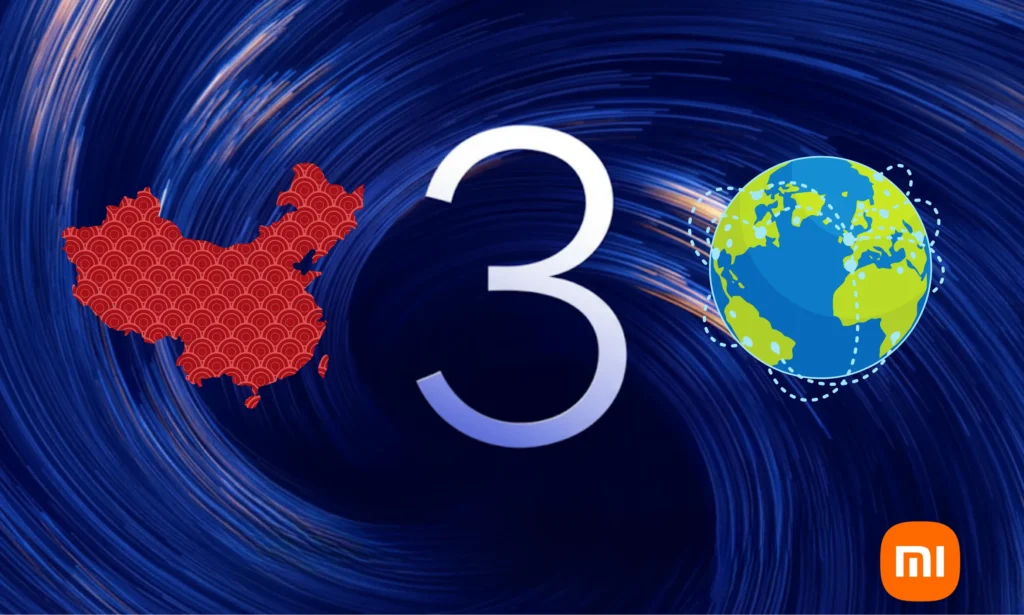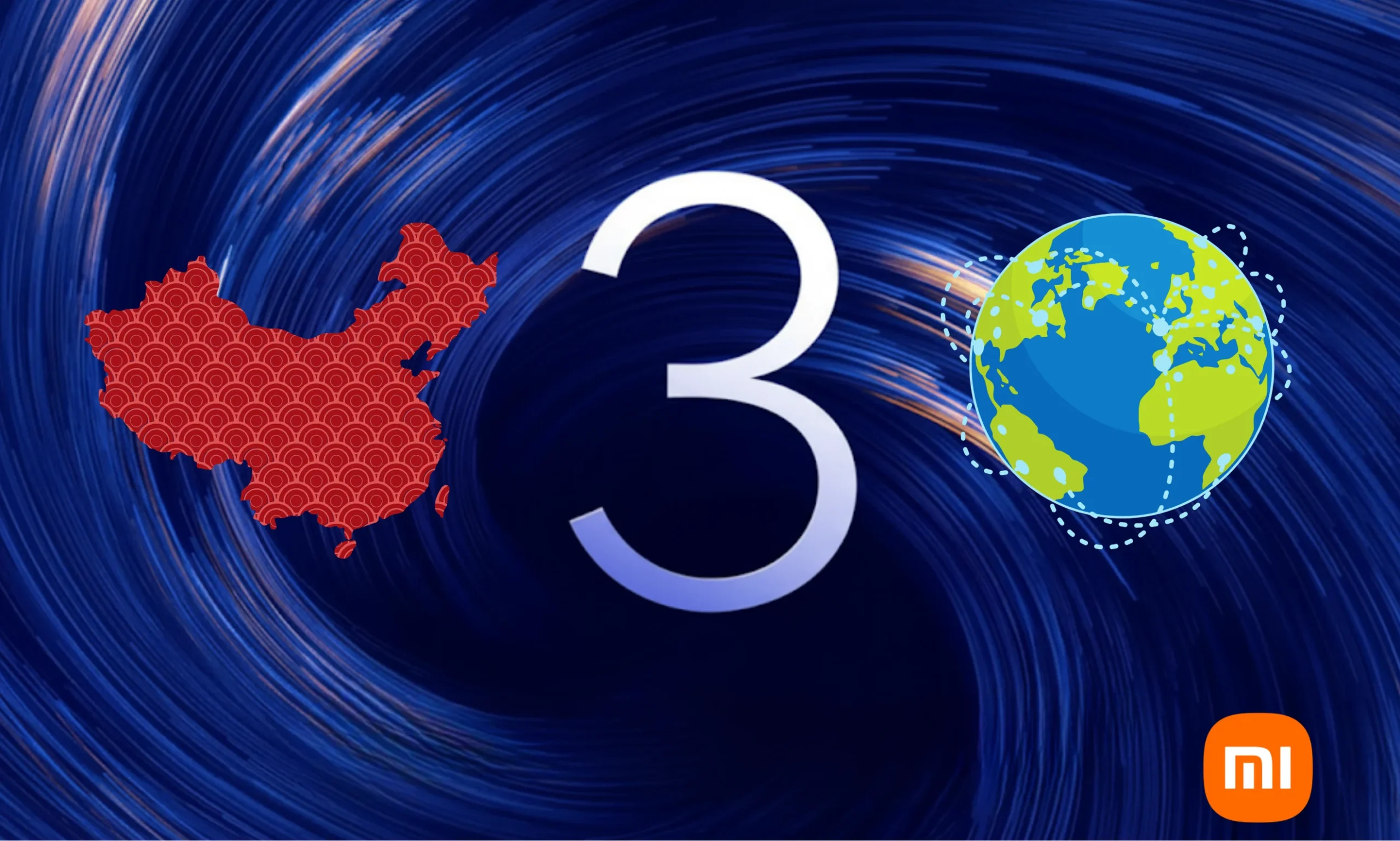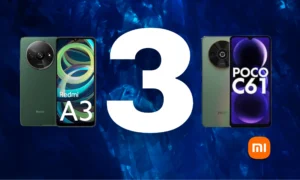HyperOS 3 China vs Global: Key Differences Revealed

HyperOS 3: China vs. Global – What’s Really Different?
Imagine this: you’re deep in a bustling Beijing market, surrounded by LED screens flashing smart notifications, devices syncing up like pure magic. Now, jump to a cozy café in Madrid, where your Xiaomi phone seamlessly hooks up with Google Maps and global delivery apps. This, my friends, is the vibe of HyperOS 3, Xiaomi’s latest OS evolution, promising “everything flows seamlessly.” But did you know there’s a Chinese version and a global one? In this piece, we’re breaking down HyperOS 3 China vs. Global, digging into their differences in features, performance, and more. If you’re hunting for HyperOS 3 China vs. Global differences, you’ve landed in the right spot. Get ready for an entertaining trip through Xiaomi’s world, packed with fresh 2025 intel and a dash of humor – because updating your OS shouldn’t be drier than watching paint dry.
HyperOS 3: A Quick, Juicy Refresher
Before we get bogged down in comparisons, let’s quickly remember what the heck HyperOS 3 is. Launched by Xiaomi in August 2025 in China and globally in September of the same year, this Android 16-based OS isn’t just a MIUI makeover. It’s a super-connector, tying phones, tablets, TVs, and even wearables into one fluid ecosystem. Think of it as the Avengers of devices: each gadget has its superpower, but together, they conquer your daily grind.
Xiaomi’s selling it as “faster, smarter, and smoother.” And they’re not entirely lying: it boasts a promised 30% performance boost, refined animations, and AI that reads your mind (or at least, your notifications). But here’s the twist: the Chinese and global versions aren’t identical twins. It’s like Siamese twins separated by the Great Firewall: they share DNA, but each grows up in a different environment. Let’s get into the HyperOS 3 differences, step by step.
Launch: China Always a Step Ahead (Like a Marathon with Shortcuts!)
If there’s one thing Xiaomi loves, it’s temporal drama. HyperOS 3 China debuted on August 28, 2025, with stable betas rolling out in October for flagships like the Xiaomi 15 and Redmi K80. The full China rollout extends into January 2026, covering everything from phones to smart TVs. Why so fast? China is Xiaomi’s playground: over a billion local users demand immediate innovation.

Conversely, HyperOS 3 Global waited for its moment of glory on September 24, 2025, during the Xiaomi 15T event. The stable rollout kicks off in October but stretches into March 2026. The reason? Regional certifications, carrier testing, and, of course, Google integration. If you’re in Europe or Latin America, your Xiaomi HyperOS 3 Global will arrive in phases: first the premium ones like the 15T Pro, then the mid-rangers like the Redmi Note 14. SEO-friendly tip: if you’re searching for “HyperOS 3 Global update date,” aim for late 2025 for most.
Key Difference: China wins on speed (like a rocket versus a bullet train!), but Global ensures stability. Frustrating? A little, but hey, anticipation makes the sweet treat sweeter.
Exclusive Features: Is China the King of Surprises, or Global the Trustworthy Friend?
Here’s where we get into the nitty-gritty: the feature differences in HyperOS 3 China vs. Global. Both versions share gems like HyperIsland (that dynamic clone of Apple’s Dynamic Island, showing live notifications on the top bar, supporting up to three “islands” for multitasking). Or AI HyperConnect, which syncs data with iPhones, iPads, and Macs – yep, Xiaomi’s cozying up to Apple to steal your smiles.
But the cracks appear in the details. HyperOS 3 China shines with local optimizations: deep integration with apps like WeChat or Alipay, automatic call recording in the redesigned dialer (goodbye, Google Dialer!), and AI for cinematic videos with an anime flair. It slashes battery consumption in games by up to 9%, standby by 21%, and features dynamic wallpapers that look like they’re from a cyberpunk dream. Plus, the ecosystem is more aggressive: Xiaomi TVs respond to gestures on Chinese phones as if they were body extensions.
HyperOS 3 Global, on the other hand, is the diplomat: it supports multiple languages (up to 50!), has Google Mobile Services (GMS) pre-installed, and Gemini Live for contextual prompts. Forget workarounds for the Play Store; here, everything flows with Maps, Drive, and YouTube. It includes Touch to Share for transferring files by tapping devices (even with Apple), and AI like DeepThink for generating social media captions or real-time translation. But alas, it loses some Chinese tricks: the dialer uses Google’s (no native recording), and some exclusive AI like Chinese screen recognition gets diluted due to privacy regulations (GDPR, anyone?).
In short, China is the showman with local “wow” features; Global is the accessible all-rounder. Hilarious difference: in China, your phone might record calls like a movie spy; globally, it asks for permission not to hurt sensitivities.
Feature Showdown: HyperOS 3 China vs. Global
| Aspect | HyperOS 3 China | HyperOS 3 Global |
|---|---|---|
| Languages | Chinese + Basic English | 50+ Languages |
| Services | Local Apps (WeChat, Baidu) | Google Play, Gemini |
| Exclusive AI | Anime Videos, Call Recording | Real-time Translation, AI Captions |
| Battery | -9% in games, -21% standby | General Optimizations +10% eff. |
| Connectivity | Pure Xiaomi Ecosystem | + Apple (iOS/Mac) |
Performance & Compatibility: Does It Flow the Same in Beijing as in Barcelona?
Both versions promise a 30% speed boost in apps and stable animations, but China leads in hardware optimizations. Its ROMs use local 5G frequencies, which can cause headaches globally (your Chinese phone in Spain might hobble on networks!). Global, adapted to international bands, includes regional plug chargers and avoids Chinese bloatware.
In terms of battery, China wins by a whisker with specific tweaks, but Global compensates with cloud-edge privacy. Bootloader? China makes it trickier post-2025 (mandatory wait and 72-hour binding), while Global is more lenient for devs.
Worth Importing? Pros, Cons, and an Entertaining Verdict
If you’re a hardcore geek, flashing HyperOS 3 China on a global device is tempting (unlock bootloader and voila!), but it brings hassles: no native GMS, limited languages, and features that glitch outside China. Global is more “plug and play,” ideal for 90% of users.
Verdict: Choose China if you live there or love innovative chaos; Global if you want peace with Google. In 2025, with HyperOS 3 expanding, Xiaomi is closing the gap – soon, the differences will be Reddit anecdotes. Ready to update? Check your model on mi.com and join the party.
What’s your pick? Tell us in the comments! This article clocks in at around 888 words of pure Xiaomi hype. Stay tuned for “HyperOS 3 differences” for more updates. Flow with Xiaomi!







